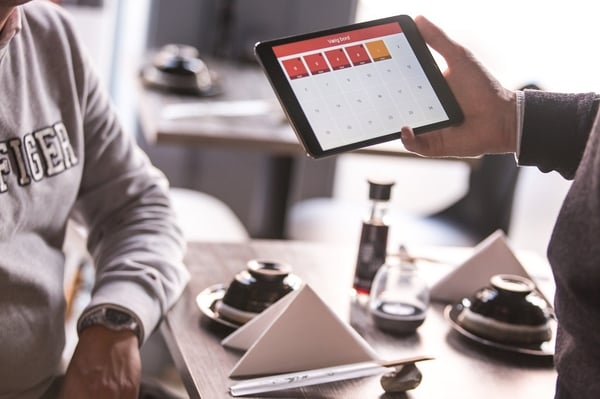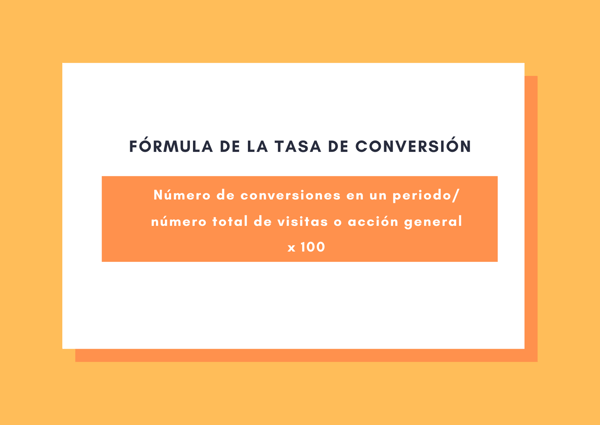Index Content
Conversion rate is one of the most used indicators in digital marketing and inbound marketing strategies. It is mainly responsible for measuring the impact that an effort has had so that a person performs an action, whether it is filling out a form, clicking on a link on a landing page, taking advantage of a coupon or making a purchase, among other goals. Today we tell you what else it is for, how you can calculate it, how to track conversions and 5 great examples of it, so that you have no doubts. Let's get started!
what is the conversion rate for and how is it calculated?
Conversion rate gives you a measure of the success of a marketing investment, from the financial aspect (in ROI) to the time spent, and measuring results is essential to understand not only what worked, but also what opportunities you can take advantage of to make your next campaign go further.
The formula to calculate the conversion rate is as follows: you need to divide the number of goals achieved (or number of conversions you reached in that period) by the total number of visits (or other action); then multiply the result by 100 to get your conversion rate percentage.

how do you track conversions?
You can design a system to track conversion rates with the help of the following tools:
- Google Analytics and AdWords: As these tools collect huge amounts of raw data, you will need to set filters and focus on specific data sets to avoid missing insights related to your goals.
- Heat maps: This feature captures the eye movements, and clicks, of users on your website; it is information that can identify the highest performing elements, helping you to develop your optimisation strategy. Heat maps highlight user engagement and interest in web pages.
- Session recording and replay tool: Replaying users' sessions reveals how they navigate and interact with your site. Seeing them in action can help you identify weaknesses that have gone unnoticed, or understand why bounce rates are so high at specific points in the funnel.
- Customer satisfaction surveys or Net Promoter Scores (NPS): Both measure your customers' satisfaction with your company, pointing out what you could improve. Focusing on the customer experience is key to increasing user retention and conversions.
5 examples of conversion rate calculation
- conversion rate of a CTA on a website. A call to action (CTA) can be any visual or textual call to action that guides a website user to perform an action. It is one of the most commonly calculated elements of conversion rate, as many marketing strategies use this element to achieve conversions.
- conversion rate of subscribers who clicked on an audiovisual content. If within your digital marketing strategy and website you have included a video, the formula to calculate the conversion rate will help you to know how many of your subscribers were interested in your content and clicked on it to know the details of the content.
- conversion rate of readers of a blog on a website. If you have a blog on your website, you are probably interested in knowing how many of the people who came to read it clicked on one of your strategic links.
- Conversion rate of downloads of an ebook on your website. If as part of your content marketing strategy you have facilitated the free download of an ebook for visitors to your website, you can check if the information you offer is attractive and useful to achieve a conversion.
- conversion rate of users who shared a form: If you want to create a contact form to increase your database and to make it easy for visitors to contact you if they are interested in any of your products and services, you can also check how many of your website visitors filled in and submitted their details.

Finally, remember that in order to achieve your conversion optimisation goals, you need to clearly define your business objectives. Also, keep in mind that although it is important to keep up to date with the benchmarks in your industry, you should not fall into the trap of blindly following general advice from experts; you should be guided by the needs of your customers. Listening to your users is the best way to boost conversions! We hope you have got all the conversion rate basics clear and that you will get on with it. Thank you!





